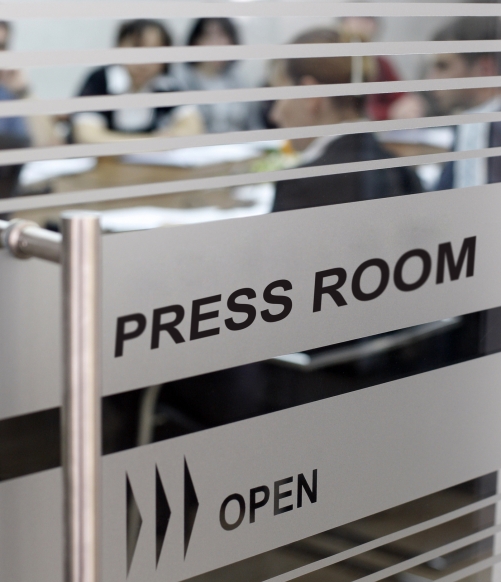Would you be surprised to hear that over 50 per cent of journalists use Twitter for finding or researching stories and that over 65 per cent use Facebook and LinkedIn? Or that 89% say they turn to blogs for research? Or that Google is journalists’ top ranked tool when working on stories, with 100 per cent saying they use it for research?
The fact is that probably none of these figures come as a surprise. It’s common knowledge that Twitter is now big for breaking new stories, and who doesn’t use Google for research on an almost daily basis? What is more interesting for businesses is that almost 99 per cent of journalists expect a company to have an newsroom as part of their web site, preferably organised by news category. That’s information you can act upon right now, and it applies to all companies – large and small.
An important aspect of public relations is making life as easy as possible for the journalists with whom you are working. Having a press room gives journalists access to your press materials 24 hours per day in one centralised location, and if they like what they find there, they’ll keep coming back. It also creates one point of reference for your own staff, helping you to keep control of your corporate messaging.
What does an on-line press room look like? And how do I make it social media friendly?
There are three key aspects to a successful press room:
- It should contain everything relevant to your press interaction and messaging – even things that are present in other areas of your site (such as contact details).
- It should be updated with new stories frequently, to keep journalists coming back.
- Every press item should feature buttons for easy sharing – Twitter, LinkedIn and any other social media sites that are relevant to your business.
The most important thing here is the first – everything really does mean everything. In addition to all your press releases and news items, the room should contain everything that a journalist or editor might need to put a story together:
- A company précis.
- Fact sheets.
- Your company logo in various formats, which instructions on how it should be used, along with any other relevant images.
- Photos, both casual and formal, of all your key people – especially anyone quoted or referenced in your press releases. More casual photos will be appreciated by bloggers who may wish to pick up on your stories, but don’t go too far!
- Interviews with your key people; video can work especially well here. However, if you have videos of different people, or multiple videos of one person, make sure you change the setting around between videos. [If you are recording multiple videos of one person at the same time, have them change and move to a different location between each shoot, so it looks like a different time and place each time].
- Full contact details for the company, and also anyone quoted or mentioned in your releases.
- Links to all aspects of your online presence – your Twitter page, LinkedIn company profile, Facebook page, Pinterest profile, etc. Also link to anything with which you are actively involved as a company – local networking groups, special interest groups, etc.
How to Raise Awareness of Your Press Room?
Having a great press room won’t do you much good if it’s just stuck with a link in the footer of your site, where no one will find it. Content strategy for press relations is really a subject for a different blog post (not to mention how to work with journalists themselves), but assuming you produce worthwhile content regularly, there are a few things you can do to raise awareness of your press room as a “one-stop shop” for people wanting to write about your company:
- Although your press room is the hub, don’t be afraid to disseminate the content through the rest of the site. News releases can also go on the company blog, and video often works well on the home page. Always link back to the press room.
- Distribute your content to all your social media profiles, especially Twitter. Catchy, succinct headlines, strong images, and quotable statistics are important here. However, remember that the audience on each network will expect a different tone, so always customise your messaging as appropriate. Avoid services that will simply syndicate a single message across multiple networks.
- Optimise for search. Use keywords, especially in headlines, to make it more likely that Google and other search engines pick up your releases. Don’t go overboard, though – make sure to keep your language natural.
Make your news relevant and easy to access and we’re sure you will see an uplift in media interest. Keep following our blog for more tips on improving your PR and media communication.
Statistics in paragraph one were quoted by Lisa Buyer during her presentation at the Search Engine Strategies conference in London 2011.
Tags: content strategy, Media relations, press office, socail press office, social media




